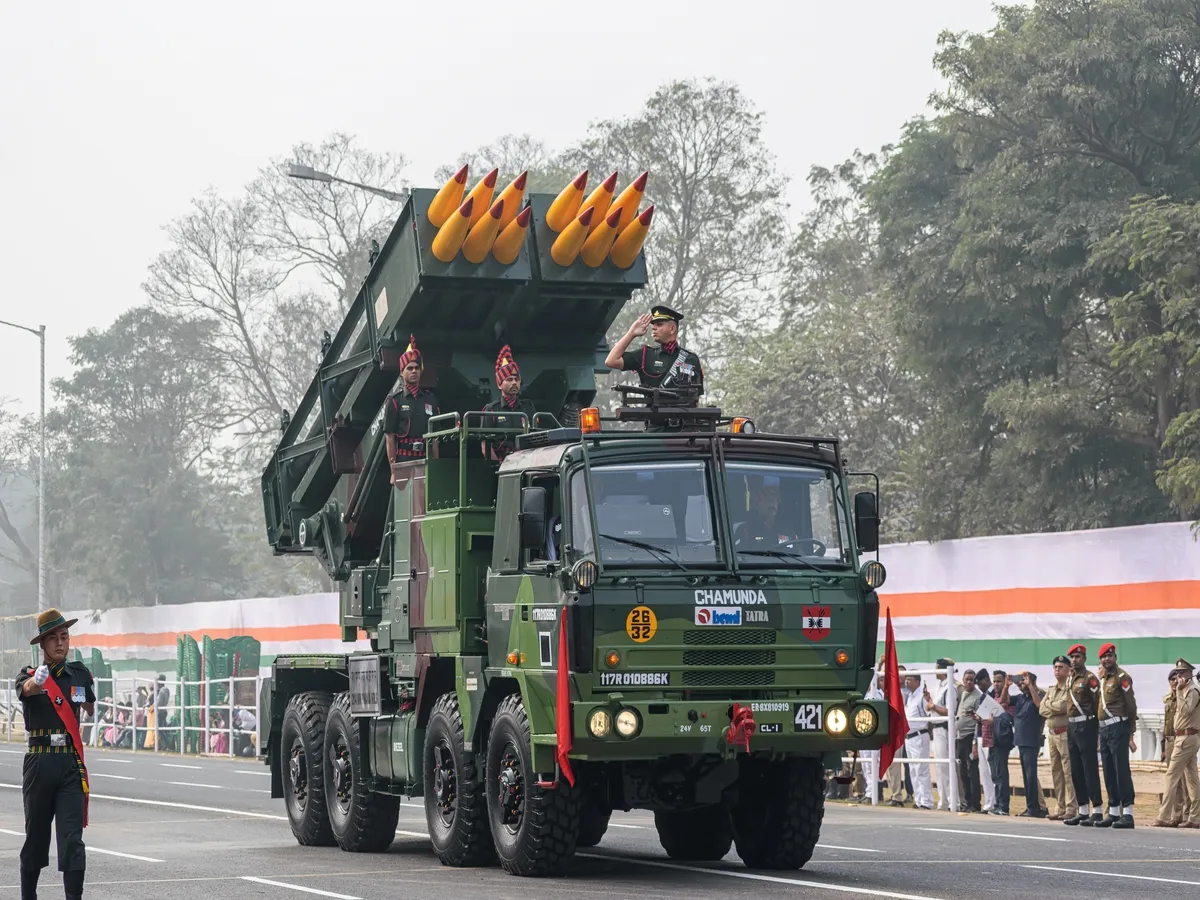Market News
Here’s why defence stocks fell more than 50% from recent highs and what lies ahead

3 min read | Updated on February 21, 2025, 16:43 IST
SUMMARY
Defence stocks, which saw a significant rally after the COVID-19 crash, have corrected sharply in the past few weeks. This was due to high valuations, lower-than-expected budget allocation, and slower order inflows. Despite the fall, the outlook for the defence sector remains positive due to the government's focus on self-reliance and robust capex plans by key companies.
Stock list

Here’s why defence stocks fell more than 50% from recent highs and what lies ahead | Image: Shutterstock
Lofty valuations
The primary reason for a sharp fall in the leading defence stocks was their high valuations, surpassing industry averages and their respective long-term averages. Historically, high-growth companies have always demanded premium valuations. However, these stocks tend to fall sharply when the risk-to-reward becomes too stretched.
For example, companies like GRSE, HAL, Cochin Shipyard, and BDL were trading at more than 80 times their price-to-earnings (P/E) ratios, above the industry average of 40x TTM (trailing twelve months) earnings, making them unaffordable costlier to investors. Despite a sharp fall from record-high levels, these stocks are still trading above their industry average valuations, indicating some more pain in store.
The primary reason for such high valuations is the robust earnings growth of all the major defence sector companies. Companies like GRSE, HAL, Cochin Shipyard, BDL, and Bharat Electronics Ltd (BEL) have seen 24-30% CAGR in net profit growth for the last three years. However, most share price growth has captured the future earnings growth in the current price, making the risk-to-reward ratio unfavourable for new investors.
Lower-than-expected budget allocation
The Union Budget of 2025, which announced tax relief to the middle-income class, made no special announcements for the defence sector and thus failed to boost investor sentiments. The total outlay for the defence sector was fixed at ₹6.81 lakh crore, 9.6% higher than the previous year. However, the increased allocation fell short of analyst and industry expectations as the focus shifted to consumption from capital expenditure.
Slower order inflow in H2FY25
The overall order inflow for defence sector companies remained lower in H2FY25 than in H2 FY24. The H2FY24 witnessed a total order inflow of ₹22,000 crore to ₹25,000 crore for defence companies like BDL, BEL, HAL and Mishra Dhatu Nigam, which received contracts from the Indian Navy and Indian Air Force. On the other hand, the H2FY25 order inflow stood at ₹18,000 crore to ₹20,000 crore, lower than the previous year's same period. BEL, the second-largest defence company by order book, received orders worth ₹11,000 crore in 9MFY25, much lower than the management guidance of ₹25,000 crore.
An industry report suggests the capital expenditure execution for H2FY25 was 36% of the total budget estimates compared to 44% a year ago, which is one of the primary reasons for the slower order inflow for the defence companies.
What lies ahead?
According to the management commentary of the defence companies, the outlook for the defence sector remains buoyant and better than Q4FY25 and beyond. The companies expect significant order inflows towards the end of FY25. HAL, India’s leading aerospace and defence equipment manufacturer, expects the order book to cross ₹1,20,000 crore by FY25 and expects more order inflows worth ₹1,70,000 crore in the coming 18 months. In addition, BEL’s management also remains confident in ₹25,000 crore order inflow for FY25.
The government’s focus on becoming self-reliant on defence goods and the robust capex plans of key companies offer some promise for the sector.
About The Author
Next Story

